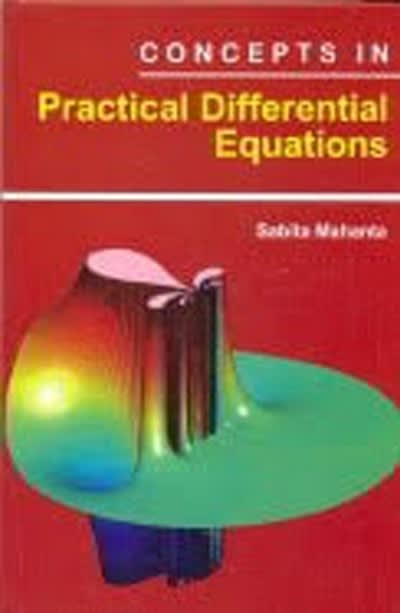Question
6. A bright young economics student at Moscow University in 1950 criticized the economic policies of the great leader Joseph Stalin. He was arrested and
6. A bright young economics student at Moscow University in 1950 criticized
the economic policies of the great leader Joseph Stalin. He was arrested and
sentenced to banishment for life to a work camp in the east. In those days
70 percent of those banished were sent to Siberia and 30 percent were sent
to Mongolia. It was widely known that a major difference between Siberia
and Mongolia was that fifty percent of the men in Siberia wore fur hats,
while only 10 percent of the people in Mongolia wore fur hats. The student
was loaded on a railroad box car without windows and shipped east. After58 PROBABILITY
many days the train stopped and he was let out at an unknown location.
As the train pulled away he found himself alone on the prairie with a single
man who would guide him to the work camp where he would spend the rest
of his life. The man was wearing a fur hat. What is the probability he
was in Siberia? In presenting your answer, calculate all joint and marginal
probabilities. Hint: Portray the sample space in rectangular fashion with
location represented along one dimension and whether or not a fur hat is
worn along the other.
Suppose that you take a random sample of 10,000 Americans and find that
1,111 are left- handed. You perform a test of significance to assess whether the
sample data provide evidence that more than 10% of all Americans are lefthanded, and you calculate a test statistic of 3.70 and a p-value of .0001.
Furthermore, you calculate a 99% confidence interval for the proportion of lefthanders in America to be (.103,.119). Consider the following statements: The
sample provides strong evidence that more than 10% of all Americans are lefthanded. The sample provides evidence that the proportion of left-handers in
America is much larger than 10%. Which of these two statements is the more
appropriate conclusion to draw? Explain your answer based on the results of
the significance test and confidence interval.
36. A student wanted to study the ages of couples applying for marriage licenses in
his county. He studied a sample of 94 marriage licenses and found that in 67
cases the husband was older than the wife. Do the sample data provide strong
evidence that the husband is usually older than the wife among couples.




Step by Step Solution
There are 3 Steps involved in it
Step: 1

Get Instant Access to Expert-Tailored Solutions
See step-by-step solutions with expert insights and AI powered tools for academic success
Step: 2

Step: 3

Ace Your Homework with AI
Get the answers you need in no time with our AI-driven, step-by-step assistance
Get Started


